Are you done with basic programming in Python or PHP/JavaScript/Java, or any other programming language? And now want to update your skills in 2025 to start/advance a career in web development? Learn web frameworks to boost your career as a web developer. Choose among the popular web development frameworks from below and start your journey.
As businesses are growing digitally, the web development industry is evolving rapidly. There have been a lot of innovations in this industry that simplify the development process for web developers. One such invention is a web framework. The expanding popularity of the web development industry has resulted in the development of a plethora of web frameworks.
A web framework is a simple software that accelerates the development of web applications, web services, web APIs, and web resources. Every web application comprises the client-side (front-end) and server-side (back-end). So, web frameworks are available in two types: front-end and back-end.
Mostly, all tech companies use web development frameworks to build dynamic web applications rather than writing code from scratch in a specific programming language. However, choosing the best one is not easy, especially when many of them exist.
Also, switching between different frameworks is difficult if their core programming language is different. For example, switching from Flask to Django is easy because they share the same programming language, i.e., Python.
On the contrary, switching from Django to Laravel could be difficult because Laravel is based on PHP rather than Python, and to learn Laravel, you need to learn PHP first.
So, here we are going to discuss the 10 best web frameworks that include both back-end and front-end.
What is a Web Development Framework?
It is a collection of libraries that are used to build a dynamic web application. In other words, it is a collection of prewritten code, which includes functions, modules, and routines. You can directly use those functions and modules without reinventing the wheel. In short, you get a basic structure to build reliable web applications.
Using a web development framework, we can build web services, web resources, and web APIs that can be deployed on the World Wide Web (WWW). The primary purpose of using it is to increase productivity. Besides, there are many other benefits. Let us have a look at them below.
Benefits
-
Faster Development
The foremost advantage is the faster and accelerated development of web applications. As you get a basic structure for building applications, you do not have to write everything from scratch. This means frameworks take care of all low-level functionalities and allows developers to focus on creating the core business logic. This saves a lot of time and lets developers become productive.
-
Reduces Code Length
As you get pre-built modules and packages, you can directly import them into your source code without writing code. This results in reduced code length, which, in turn, boosts performance while building web applications.
-
Better Security and Reliability
Generally, web frameworks come with built-in security features and methods. As a result, developers do not have to scratch their heads for the security of web applications under development. These security features and methods protect web applications from all major online threats .
-
Fewer Errors
With pre-built modules and templates, there are fewer chances of errors. Frameworks follow the best coding practices that allow developers to write clean and efficient code. Also, they leverage a testing mechanism that tests the source code and provides errors. Developers then work on the code to reduce the number of errors in the final code.
Types of Web Development Frameworks
As discussed earlier, the two popular categories - front-end and back-end web. Besides, there is another category facilitates the development of both the front-end and back-end, and it is full-stack.
-
Front-end
The front-end or client-side of a web app is a portion that is visible to users and contains all elements through which users can interact with the application. HTML, CSS, and JavaScript are the cornerstone front-end technologies.
A front-end framework comes with pre-built templates and libraries for creating the front end of web applications. It primarily concentrates on the interactivity of web applications. It provides ready-to-use components for designing user interfaces (UIs) and user experiences (UX).
-
Back-end
A back-end or server-side is part of a web application hidden from end users and responsible for the application's core functionality and storing and managing data. It includes various aspects, including an operating system, database, and server. Some popular back-end programming languages are Python, PHP, Ruby, Java, and .NET.
Back-end frameworks are software programs that come with tools to support various back-end activities, such as data manipulation, user authorization, URL routing, and many others.
Difference Between Front-end and Back-end Frameworks
|
Front-end Frameworks |
Back-end Frameworks |
|
They come with pre-written code and modules that facilitate the development of the front end of web applications, i.e., user interfaces. |
They offer various tools to facilitate various back-end activities, such as database management, URL routing, user authorization, privacy encryption, etc. You also get to use tools or modules for connecting the back end with the front end. |
|
HTML, CSS, and JavaScript are the three major front-end technologies. |
Python, PHP, Perl, Ruby, Java, C#, JavaScript, etc., are popular back-end languages. |
|
They are also called client-side frameworks. |
They are also called server-side frameworks. |
|
Examples: Angular, Vue.js, React, Ember, and Bcakbone.js. |
Examples: Django, Laravel, Ruby on Rails, Spring, and Express.js. |
10 Best Web Development Frameworks to Use in 2022
Front-End Web Development Frameworks
1. Angular
Developer: Google
License: MIT License
Latest Release: 15.1.3

Angular is the most preferred front-end web framework, not only because Google manages it but also due to its growing community support and adoption by other tech giants, including Microsoft and PayPal.
Released in 2009 as AngularJS, it used JavaScript as its programming language. In 2016, however, Google completely rewrote Angular. Since then, Angular has used Typescript as its main programming language. Also, the newer version dropped JS and kept only Angular. Typescript is similar to JavaScript. In fact, Typescript is the superset of JS.
As it is a front-end web framework, we can only make client-side dynamic webpages using Angular. Google also uses it for the same purpose.
The learning curve of Angular is steep because it contains many controllers, directives, libraries, and other components you need to learn if you want to add Angular skills to your inventory.
One of the outstanding features of Angular is that we can use this web framework to build single-page applications because it is based on the MVC architecture (Model-View-Controller).
Many projects require real-time applications built on the front end using Angular. It supports two-way data binding, which means that if the application changes data, the user interface of that application will also change correspondingly.
|
Pros |
Cons |
|
|
Angular GitHub Link: https://github.com/angular
2. React
Developer: Meta and Community
License: MIT License
Latest Release: 18.2.0

React is not a web framework, but we have mentioned it here because it serves the same purpose. In reality, it is a JavaScript library developed by Facebook, which is used to build the front-end or user interfaces for web applications. It is among the best alternatives to Angular .
We often compare React with Angular, and these two technologies fight head-to-head to be on the top of the front-end development tools list. Using React, we can create single-page applications. We can also even develop mobile apps using React. This is an important highlight since most front-end frameworks and libraries do not provide proper support for mobile application development.
As React is a library, so it does not support many features like other front-end frameworks . Consequently, to build a proper single-page application, React integrates with other libraries for dealing with state management, routing, and interaction with API.
|
Pros |
Cons |
|
|
React GitHub Link: https://github.com/facebook/react
3. Vue.js
Developer: Evan You
License: MIT License
Latest Release: 3.2.45
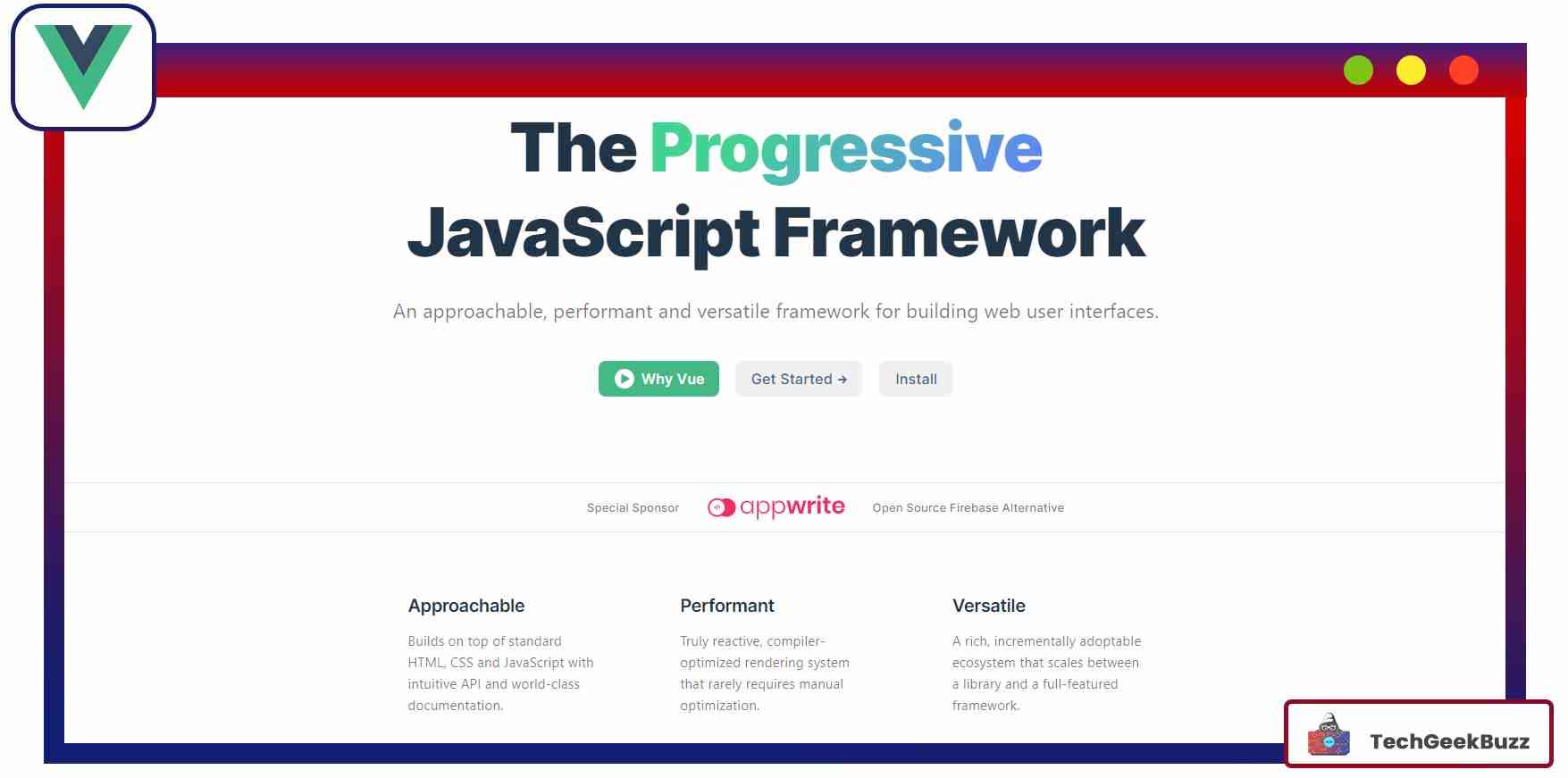
Vue.js has gained a lot of popularity in the past few years in spite of not being developed by a big tech company or a popular name. It came into existence in February 2014 and was developed by Evan You.
Like React and Angular , Vue.js is also used to create single-page applications and user interfaces for web apps. Unlike Angular, it is based on the Model-View-ViewModel (MVVM) architecture.
Further, Vue provides better documentation, and the learning curve is also low. Despite its strengths, many developers don't choose Vue for their projects as tech giants, such as Google, Amazon, and Facebook, do not support it.
|
Pros |
Cons |
|
|
Vue.js GitHub Link: https://github.com/vuejs/vue
4. Ember
Developer: Ember Core Team
License: MIT License
Latest Release: 4.10.0

Just like Vue.js, Ember is also based on the MVMM architecture. Many popular websites, such as Apple Music, Square Inc., Discourse, LinkedIn, and Twitch, use Ember for their front ends.
Ember was released on 8 December 2011. It is primarily written in JavaScript and is a cross-platform JS framework. Though Ember is capable of creating dynamic client-side applications, it is also used to build mobile and desktop applications.
In 2015, Ember was awarded the title of the best front-end framework. Even big tech companies like Google, Amazon, and Facebook also leverage Ember for their projects.
|
Pros |
Cons |
|
|
Ember GitHub Link: https://github.com/emberjs
5. Backbone.js
Developer: Jeremy Askhenas
License: MIT License
Latest Release: 1.4.1
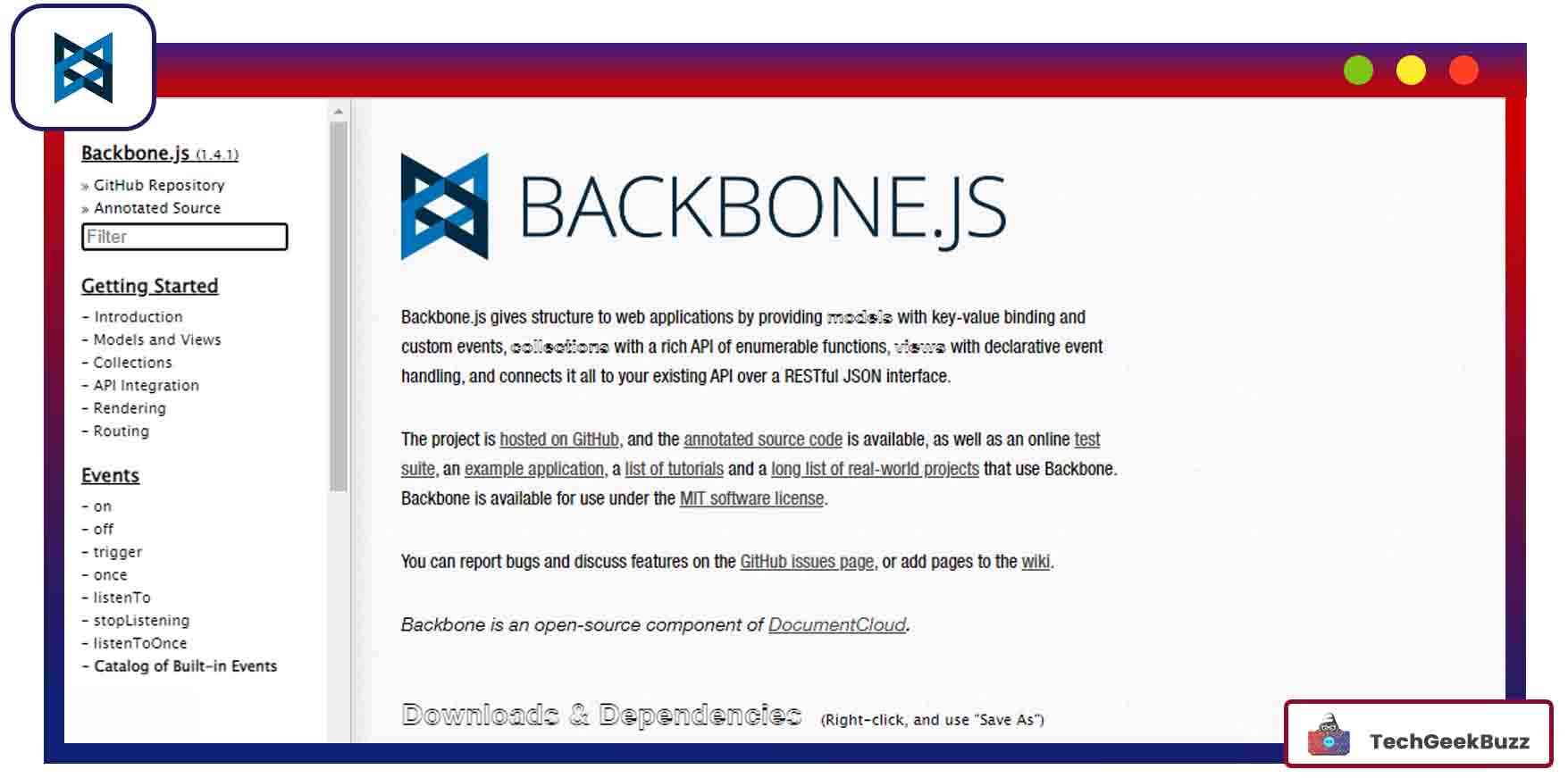
Backbone.js is a lightweight and efficient JavaScript library. Yet this JS library is powerful enough to build single-page web applications, like other popular front-end web development frameworks.
Developed by Jeremy Ashkenas in 2010, Backbone.js is based on the MVP (Model-View-Presenter) architecture. Since it is a JS library, Backbone.js does not contain all the components to build a fully-fledged web application. Nonetheless, it supports integration with JS and Unserscore.js for developing and designing full-blown web apps.
|
Pros |
Cons |
|
|
Backbone.js GitHub Link: https://github.com/jashkenas/backbone
Back-End Web Development Frameworks
6. Django
Developer: Adrian Holovaty , Simon Willison
License: 3-clause BSD
Latest Release: 4.1.5

Django is the most popular Python web framework for building dynamic web applications. There are thousands of Django-based projects on GitHub and Stack Overflow that signify the immense popularity enjoyed by Django among the developer community.
It is so popular because it is built on Python, which has been the most in-demand programming language for many years. This is true for 2025 too.
Django works on the DRY principle and follows the MVT (Model-View-Template) Architecture. The DRY principle pertains to the rule of "Do not Repeat Yourself." Thus, it promotes the concept of code reusability.
A huge community supports Django. Also, its regular updates let the developers stick to it while also attracting new developers. Many famous organizations, such as Instagram, Disqus, and NASA, use Django to maintain and develop their websites' back-ends.
Moreover, Django consists of a lot of features, including inbuilt validation, authentication, and messaging. It is mostly used to build robust and high-quality applications. Although you can use it for small projects, it is highly recommended for developing big and complex projects.
|
Pros |
Cons |
|
|
Django GitHub Link: https://github.com/django/django
7. Ruby on Rails
Developer: David Heinemeier Hansson
License: MIT LIcense
Latest Release: 7.0.4.2
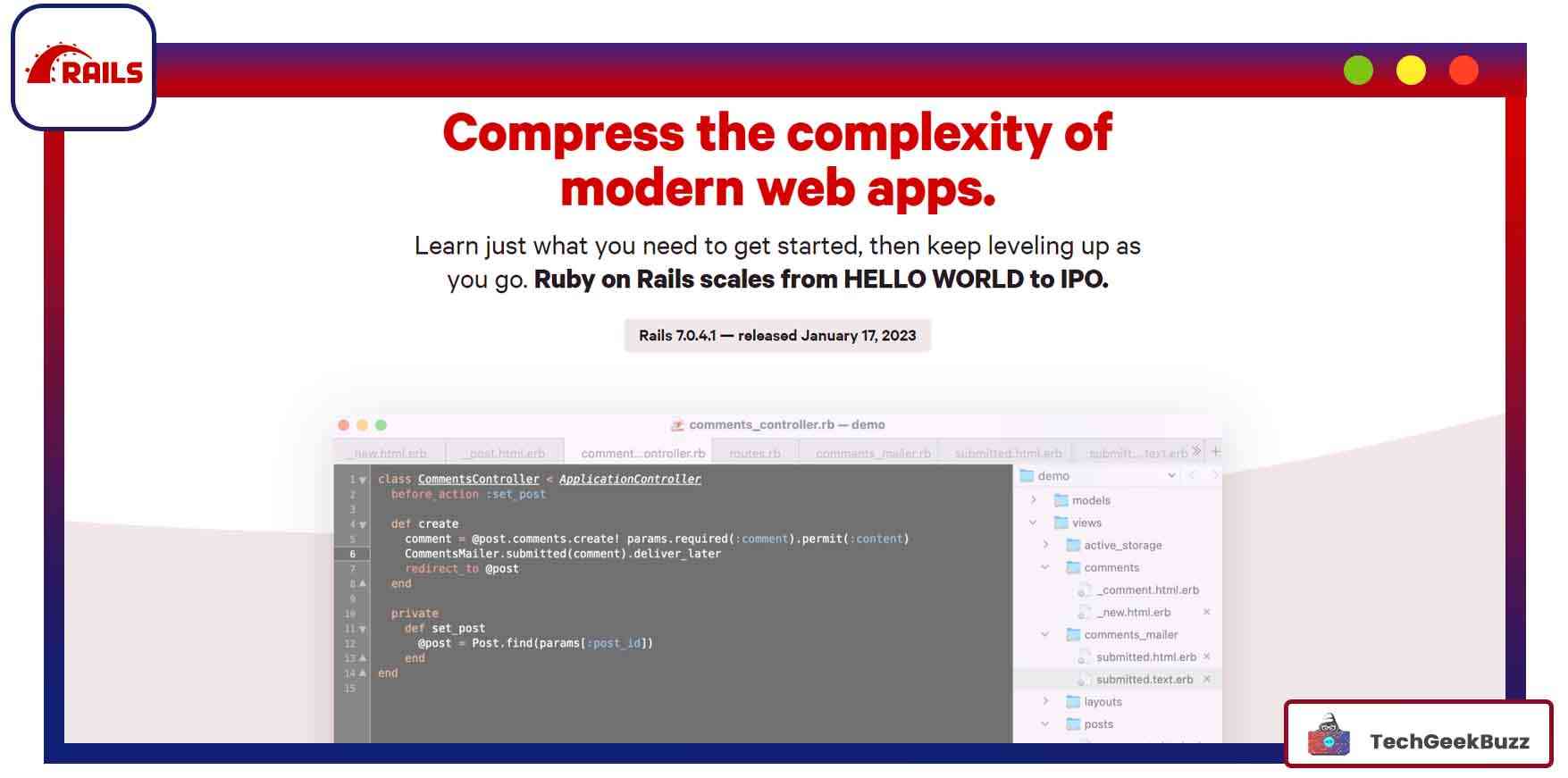
Also known simply as Rails or RoR, Ruby on Rails is one of the oldest and most popular backend web development frameworks. It is based on the Ruby programming language. More than 800k websites are built with Ruby on Rails, which includes some of the most popular sites, including Airbnb, GitHub, Hulu, and Groupon.
Using this Ruby on Rails, we can implement complex algorithms to solve various types of web development problems. As it is one of the oldest frameworks, it also has considerable community support.
Ruby on Rails provides support for a galore of powerful libraries and tools for web application development. One of the significant features of RoR is that you can build cloud-based applications.
|
Pros |
Cons |
|
|
Ruby on Rails GitHub Link: https://github.com/rails/rails
8. Laravel
Developer: Taylor Otwell
License: MIT License
Latest Release: 9.38.0
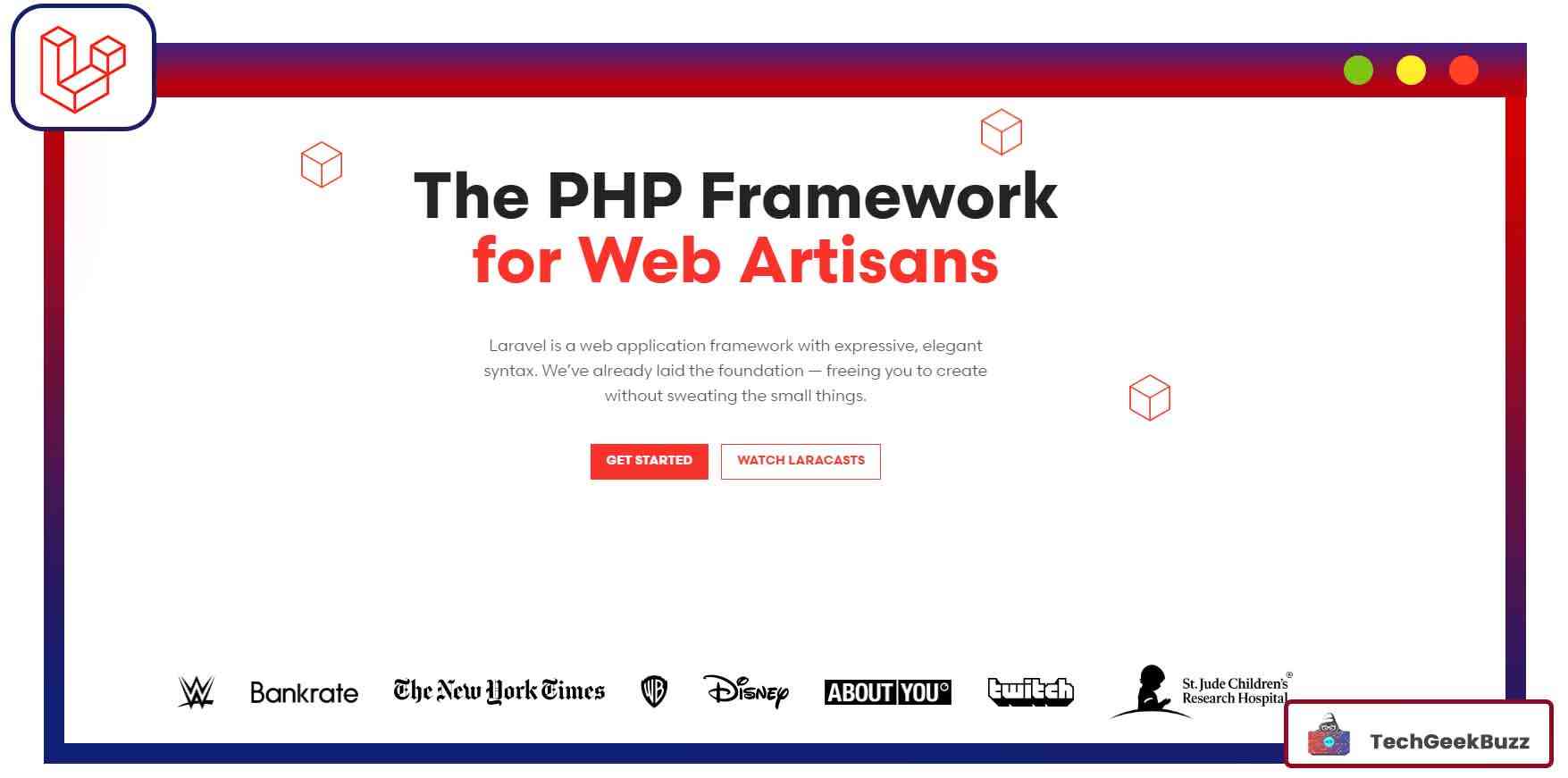
PHP is one of the most popular web scripting languages, and it powers about 77.5% of total websites, which makes its structures accessible too.
Laravel is an ideal framework for PHP developers who wish to take their PHP skills to the next level. PHP itself supports building powerful backend web applications. As such, Laravel further pushes the capabilities of PHP development.
Moreover, Laravel supports the Model-View-Controller (MVC) architecture, which makes Laravel easy to learn. Yet if you choose Laravel for your project, you need to know PHP first. Laravel was developed by Taylor Otwell as an open-source framework and was initially released in 2011.
|
Pros |
Cons |
|
|
Laravel GitHub Link: https://github.com/laravel/laravel
9. Spring
Developer: VMware
License: Apache License 2.0
Latest Release: 6.0.3

Spring also flaunts a popular web development framework that accepts Java as a programming language. It is based on the Model-View-Controller architecture.
No matter what, sooner or later, every Java developer uses Spring to overcome the limitations of Java. Many popular websites such as Wix, Ticketmaster, and Bill Guard use Spring and Java for their backend development.
Using Java at the backend also justifies the quality of the backend because Java itself is one of the most popular programming languages. Moreover, the performance of Java is way better than Python.
|
Pros |
Cons |
|
|
Spring GitHub Link: https://github.com/spring-projects/spring-framework
10. Express.js
Developer: TJ Holowaychuk, StrongLoop, and others
License: MIT License
Latest Release: 4.18.1
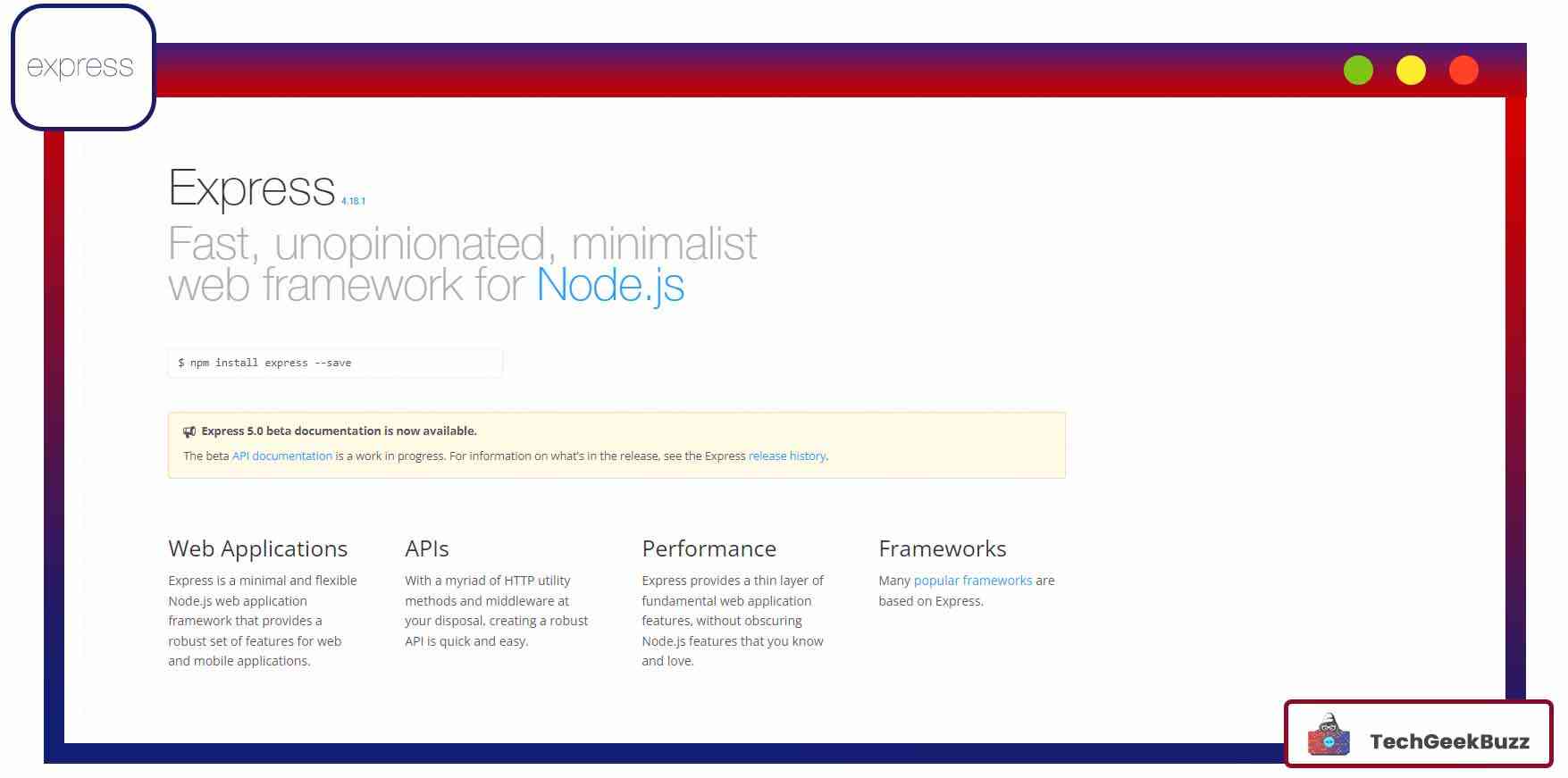
If you are a JavaScript developer and want to extend your skills in backend development , you should learn Express.js. It is a Node.js API and web app development framework. So, by learning only JavaScript and Express.js, you could become a full-stack developer.
Many tech giants like Uber, IBM, and Accenture have adopted Express for their backend development. Unfortunately, it is not beginner-friendly.
To learn Express.js, you must go through Node.js first, which is a very complex backend tool requiring a decent learning effort.
|
Pros |
Cons |
|
|
Express.js GitHub Link: https://github.com/expressjs/express
Conclusion
To become a successful full-stack web developer in 2022, we suggest you learn two frameworks, each from the front-end and back-end types mentioned above. You can choose a web development framework based on the programming language you know and/or are comfortable working with. For example, if you know how to code in Python, you should select Django, but if you love PHP, go for Laravel.
All the web development frameworks are capable of doing the same thing, albeit in different ways. It depends on the developers which structure they want. Usually, developers pick one according to their experience with a programming language.
If you like this article or have suggestions, feel free to tell us by commenting below.
People are also reading:
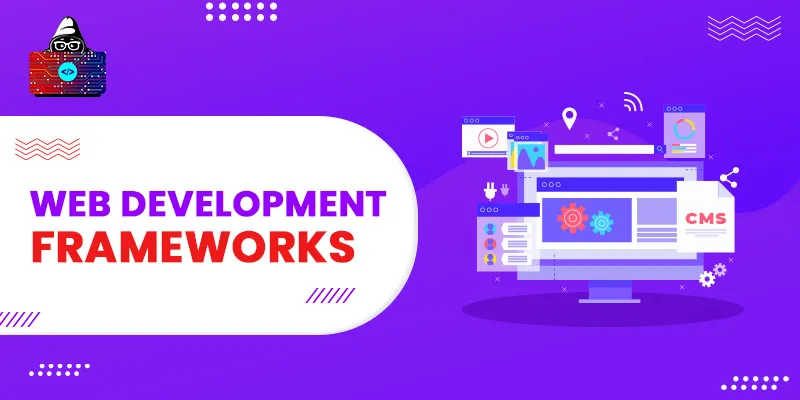

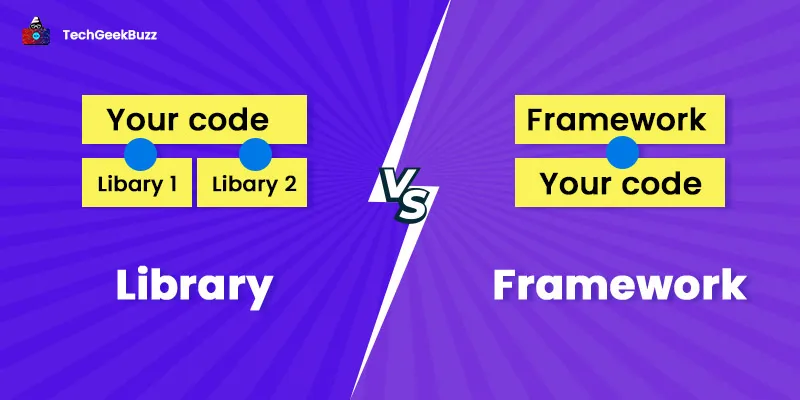
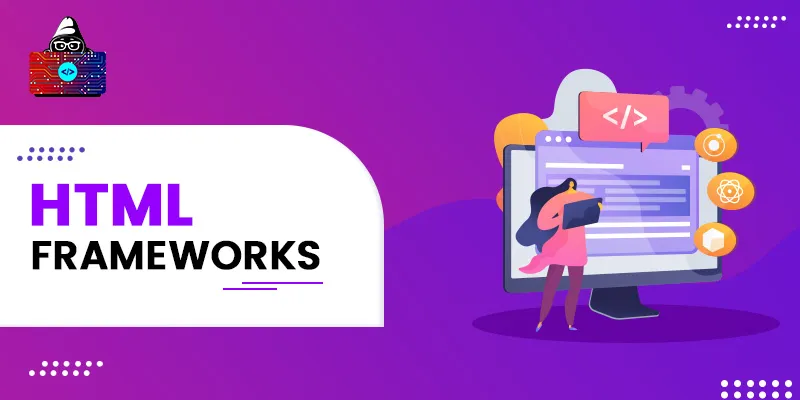
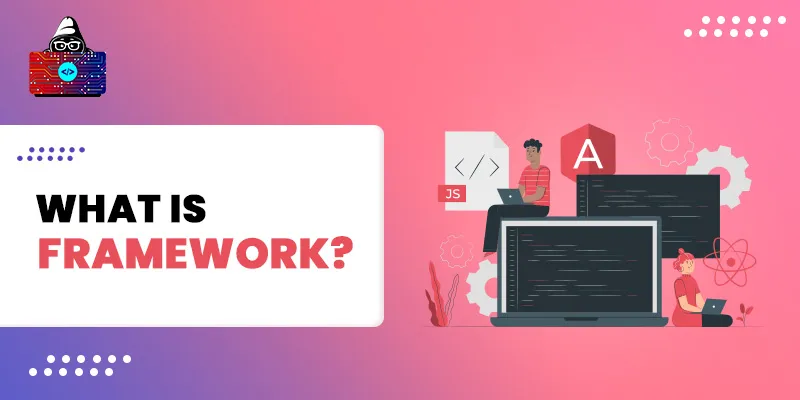
Leave a Comment on this Post